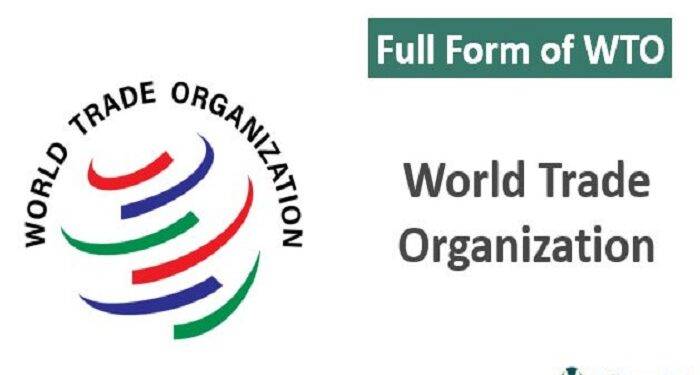What is the full form of WTO? World Trade Organization is an intergovernmental organization that helps governments regulate and facilitate international trade. The organization enforces and sets the rules for international trade. There are many different rules for different countries, and the full form of WTO is WTO. These rules are important for both businesses and consumers. If you’re wondering about the full form of WTO, read on to learn more about it.
WTO is an acronym for World Trade Organization. The organization was created on January 1, 1995. The goal of the organization was to reduce tariffs and other underlying barriers to international trade. Today, the organization is comprised of 164 member nations. It oversees global trade rules and ensures that countries comply with those rules. But how does the full form of WTO work? Let’s look at some of its responsibilities.
The full form of WTO refers to the World Trade Organization. In 1994, the GATT treaty was signed in Marrakech, Morocco. The contracting parties became charter members of the WTO. By 2020, there are more than 160 members. However, the full form of WTO is still the preferred choice of trade lawyers and government representatives. In many instances, a dispute resolution process is more efficient than a legal procedure.
WTO’s main goals are to promote global trade and eliminate existing barriers to international trade. This organization works to promote development in poor countries, increase the demand for goods and services, and increase competitiveness between member nations. Other objectives of the organization include ensuring that national resources are used efficiently, and protecting the environment from human interference. And while the full form of WTO is the full form of WTO, its mission is more broad than that of GATT.
While the WTO is primarily concerned with trade policy, it also deals with economic policies. In other words, the WTO helps countries trade more effectively. The WTO Secretariat consults with the governments of member countries, and the secretariat publishes the results of the review. The review process is vital in monitoring the extent to which members abide by their commitments. It also helps provide information about newly opened markets, which strengthens the basis for subsequent trade negotiations and dispute resolutions.
The WTO dispute settlement process is supposed to take nine months. It includes the WTO Appellate Body, which hears claims of legal error within sixty days. Once the appellate body rules, the ruling is automatically adopted. If there is a consensus, it may reject the appeal. It is also important to remember that the WTO has different processes for arbitrating trade disputes. A successful case will likely end up in the WTO deciding in your favor.
In terms of goals, the WTO has six objectives. It sets international trade rules, resolves trade disputes, and improves the transparency of decision-making processes. It also helps developing countries benefit from the global trading system. Unlike the GATT, which focused primarily on goods, WTO has expanded its scope to include services, intellectual property, and investment policies. As a result, WTO members account for nearly 90% of world trade.









